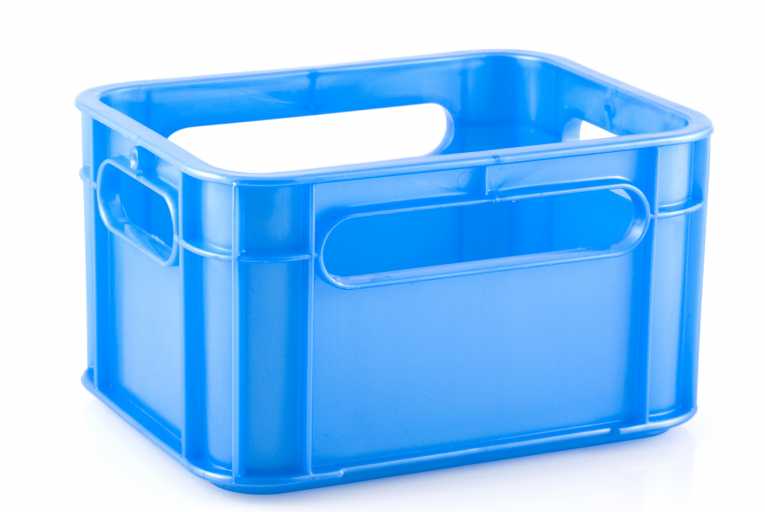Image © Saskia Massink
A UK-based consulting group, Pira International, has researched the global marketplace for bioplastics and is forecasting considerable change as “a new breed of bioplastics will be major drivers as packaging market demand gradually shifts from biodegradable and compostable polymers towards biopackaging based on renewable and sustainable materials”.
The more traditional technologies used for creating bioplastic packaging, which are based on polyester, cellulose and starch, are forecast to decline over the period to year 2020. One of the big changes is expected to be with the introduction non-biodegradable, bio-derived polyethylene.
The study indicates that these eco-friendly or 'green' plastic materials are expected to account for around 25% of the total market for bioplastic packaging. The bioplastics packaging market is currently dominated by five top supplies that hold over 50% of the market share.
However, this is likely to change as other large petrochemical companies, such as Solvay, Dow Chemicals and Braskem, start to develop and grow opportunities in bio-derived polyethylene. In particular, industrial-scale facilities are planned for commencement in Brazil in 2012 which will have a major impact on the global market. There are also a number of Chinese companies that are looking seriously at opportunities to invest in programs that would potentially see them leading the bioplastics packaging market.
The study by Pira also suggests that “major new technologies will emerge over the next ten years. Several companies are exploring the development of bioplastics using CO2 as a raw material”. There is potential that this could see waste CO2 being converted into a valuable product, but much will depend on whether these new polymers are able to be produced cost effectively.
Some of the leading users of plastics, including Proctor & Gamble and Tetra Pak, are currently testing grades of polyethylene where the ethylene has been sourced from sugar cane. The new sugar-based bioplastic packaging that is being investigated is able to be sourced from non-food crops and also produced through a process that involves less energy than traditional processes. It is expected this sugar-based bioplastic will be available to consumers within five years.
Europe already dominates the market for consumption of packaging made from bioplastics, using over 50% of the worldwide supply. This is because the European consumer tends to have a positive retail attitude towards eco-friendly packaging and there are also supportive policies in place in Europe that are focused on recycling packaging waste as well as a successful composting infrastructure developed. However, with changing government and consumer attitudes in North America and Asia it is likely that these regions will see rapid growth in the bioplastics packaging markets over the next 10 years.
Image courtesy of www.gocleargreen.com










